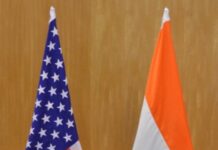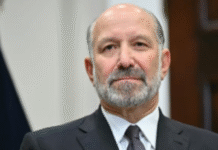New Delhi— India has formally informed the World Trade Organization (WTO) of its intent to impose retaliatory tariffs on select U.S. products in response to American duties on Indian steel and aluminum exports, which New Delhi considers safeguard measures.
According to a recent WTO communication, the U.S. tariffs could impact $7.6 billion worth of Indian exports, with an estimated duty collection of $1.91 billion. India has taken issue with the U.S. action, arguing it is inconsistent with WTO rules and undermines established trade commitments.
In April, India requested formal consultations with the United States under the WTO’s Agreement on Safeguards following the U.S. decision to implement these tariffs.
While Washington has claimed the tariffs were imposed on national security grounds and are therefore outside the scope of safeguard measures, India maintains otherwise. In its notification to the WTO, India stated that the U.S. measures—outlined in a Presidential Proclamation dated February 10, 2025, and implemented from March 12—effectively function as safeguard duties.
The notification, dated May 9 and circulated at India’s request, notes that the U.S. has not officially notified the WTO of these actions. However, India argues that the duties meet the criteria for safeguard measures and violate the General Agreement on Tariffs and Trade (GATT) 1994 and the Agreement on Safeguards (AoS).
“India maintains that the U.S. measures are not consistent with the provisions of GATT 1994 and the AoS,” the notification stated. “As the required consultations under the AoS have not taken place, India reserves the right to suspend concessions or other obligations substantially equivalent to the adverse trade effects.”
India has further noted that unless consultations are held, it will move forward with suspending these concessions 30 days after the date of notification.
While the retaliatory tariffs are still in the WTO notification phase, India is also reportedly nearing the finalization of a new bilateral trade agreement with the Trump administration, signaling a parallel diplomatic effort to resolve broader trade tensions. (Source: IANS)







